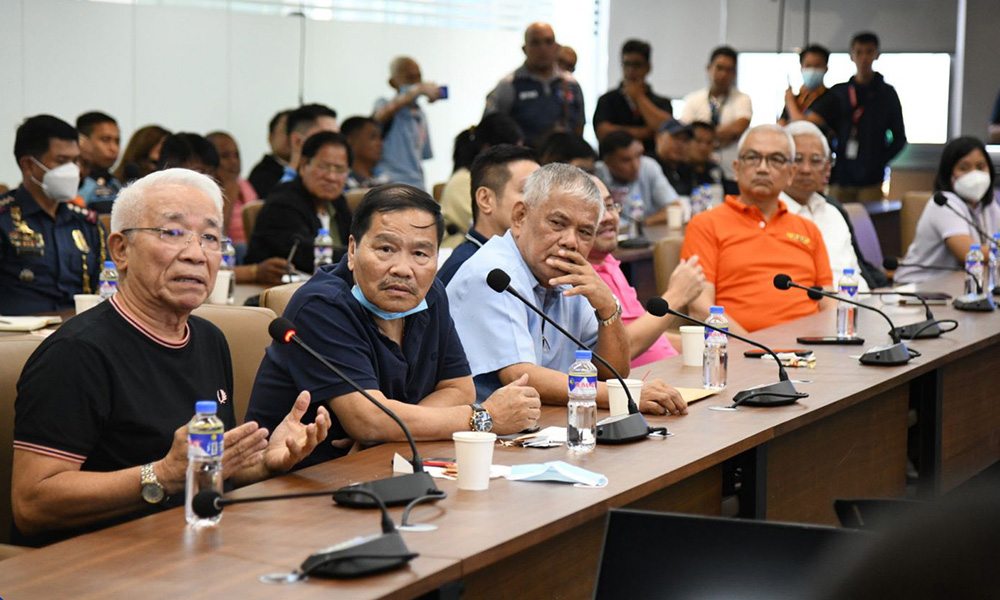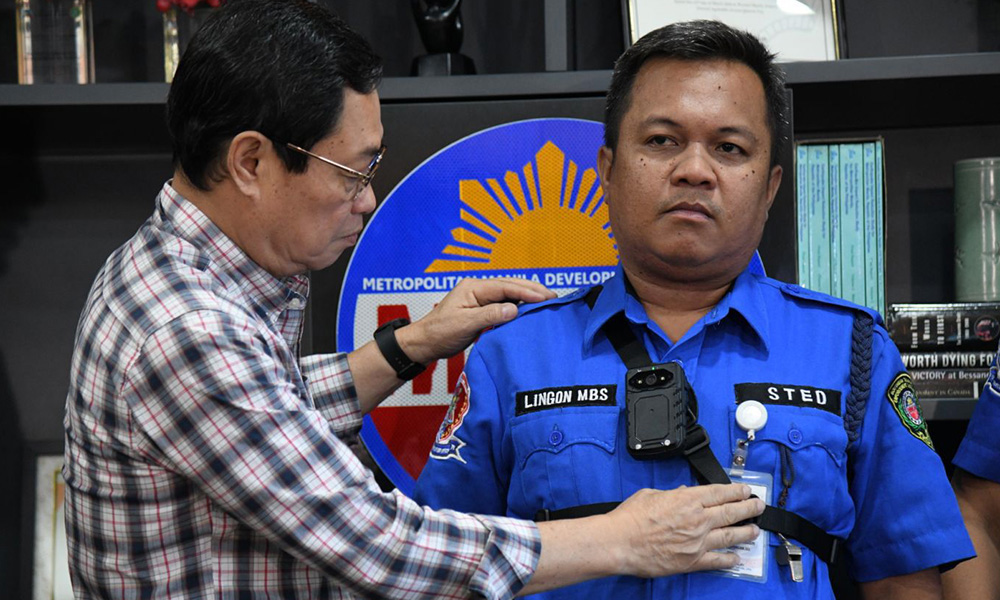
Stories of corrupt traffic enforcers aren’t exactly new. But in rare instances, though, these constables have also been victims of assault by aggressive, traffic-violating motorists. Thankfully, the Metropolitan Manila Development Authority‘s leadership is taking a huge step in helping prevent this from happening.
The agency mulls its enforcers’ use of body-worn cameras during traffic management and apprehension operations. And it is close to making that a reality as it conducted a meeting with various stakeholders last July 5.
In the meeting were the MMDA leadership; representatives of public transport groups, motorcycle riders’ associations, and automobile organizations; the Philippine National Police’s Highway Patrol Group; leaders of various local government units; and concerned government agencies.


The meeting focused on presenting details about the process and possible scenarios like motorists’ objection to be recorded, and the latter invoking their right to privacy. And so, the agency sought the suggestions and comments of the stakeholders to help it improve its processes and protect not just the rights of the motorists, but of the enforcers as well.
The video recordings, according to the agency, will be used as evidence against erring enforcers and motorists offering bribes to evade apprehension. This will significantly help its anti-corruption drive. The participants lauded the MMDA leadership for taking concrete actions in helping curb—if not eliminate—corruption and provide protection for the enforcers.



The body cameras to be used in the campaign, according to the MMDA, are the same ones used in the United Kingdom. These cameras have six to eight hours of battery life. A total of 120 body cameras will soon be distributed to traffic enforcers, particularly those authorized to issue citation tickets to traffic violators.
Now, it may be understandable to take all of this with a grain of salt, and still have doubts about the integrity of these traffic enforcers. But we hope that we can all give the MMDA the benefit of the doubt, and the support that this latest program needs.











Comments